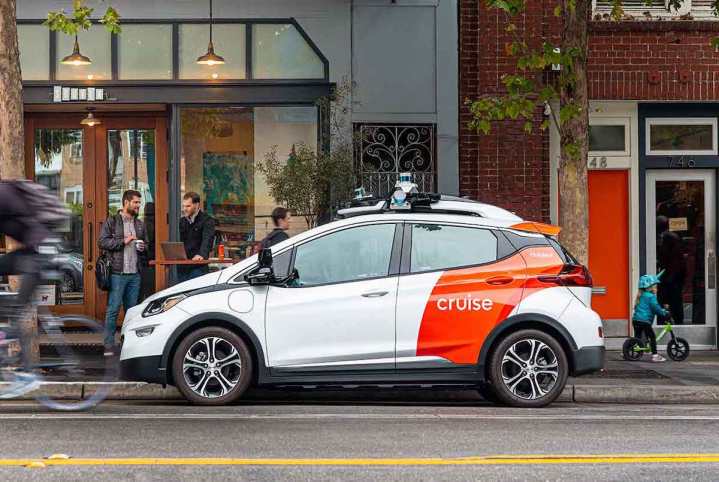
Autonomous-driving operations at Cruise look certain to end after its main backer, General Motors (GM), said it will stop funding the initiative.
GM, which has owned about 90% of Cruise since 2016, announced the decision in a statement shared on Tuesday. It follows a challenging period for Cruise after one of its autonomous cars ran over a woman after she was knocked into its path by a human-driven car in San Francisco in October 2023. The incident led to California regulators suspending Cruise’s license to test its driverless cars on the state’s streets, a decision that prompted Cruise to pause operations in other locations where it operated. It restarted low-level testing in Arizona in May 2024.
GM, which has invested billions of dollars in Cruise, said on Tuesday that it will “no longer fund Cruise’s robotaxi development work given the considerable time and resources that would be needed to scale the business, along with an increasingly competitive robotaxi market,” adding that it plans to combine Cruise and GM technical teams into a single unit that will focus on advancing autonomous and assisted driving.
“GM is committed to delivering the best driving experiences to our customers in a disciplined and capital efficient manner,” Mary Barra, CEO of GM, said in the statement. “Cruise has been an early innovator in autonomy, and the deeper integration of our teams, paired with GM’s strong brands, scale, and manufacturing strength, will help advance our vision for the future of transportation.”
Dave Richardson, senior vice president of software and services engineering at GM, said the automaker is “fully committed to autonomous driving and excited to bring GM customers its benefits — things like enhanced safety, improved traffic flow, increased accessibility, and reduced driver stress.”
Cruise has yet to comment publicly on GM’s decision to end funding and how it will impact its autonomous testing in the immediate future. The company has driverless cars on roads in Texas and Arizona, but GM’s announcement could see Cruise pause operations with immediate effect. Digital Trends has reached out to Cruise for comment and we will update this article when we hear back.
GM’s decision highlights the challenges facing the fledgling robotaxi industry, which currently comprises mostly pilot services. In a similar move, another major automaker, Ford, pulled funding for autonomous-car specialist Argo in 2022. Alphabet-backed Waymo, which tests its robotaxis in multiple cities and recently announced it will be launching in Miami, is the current leader in the field.


